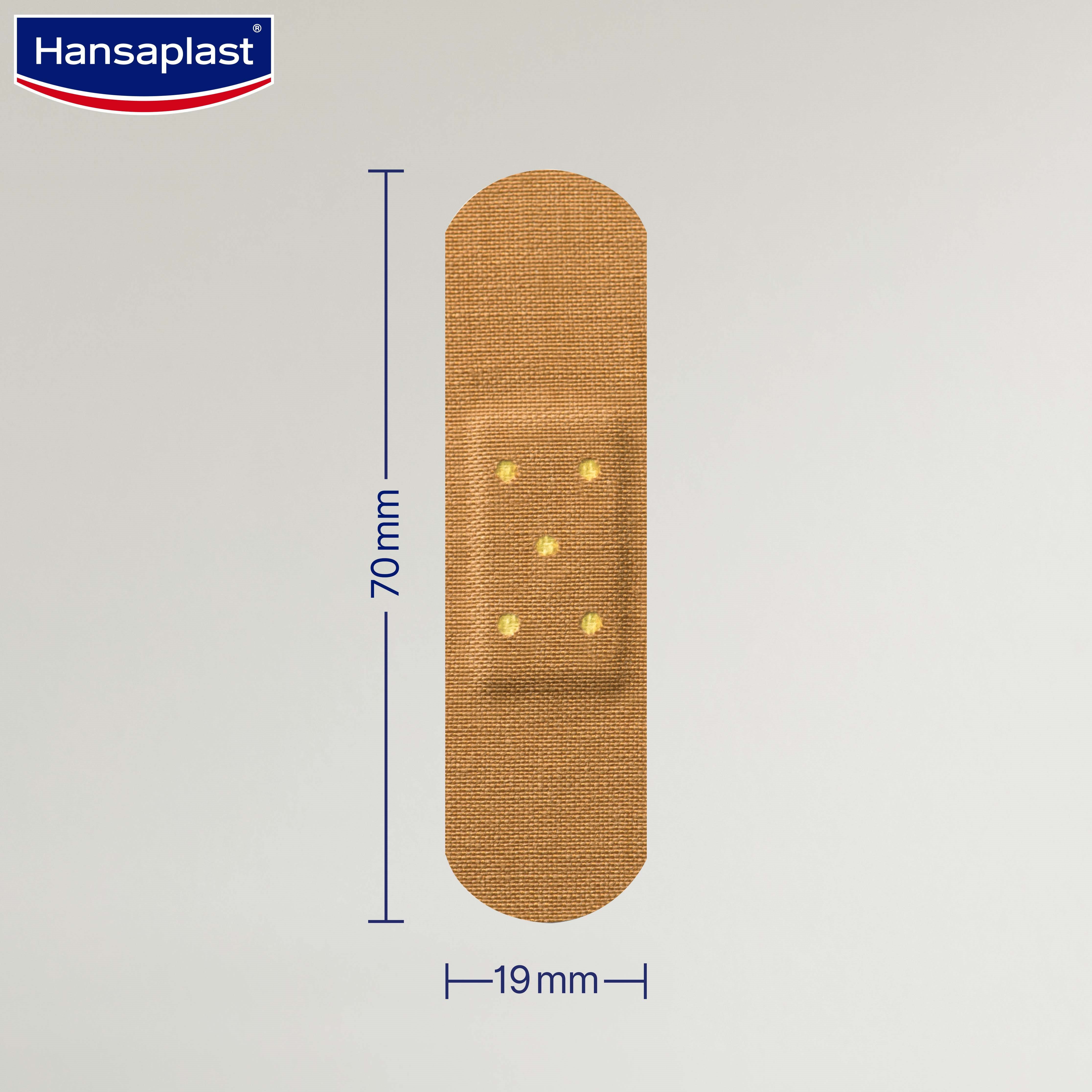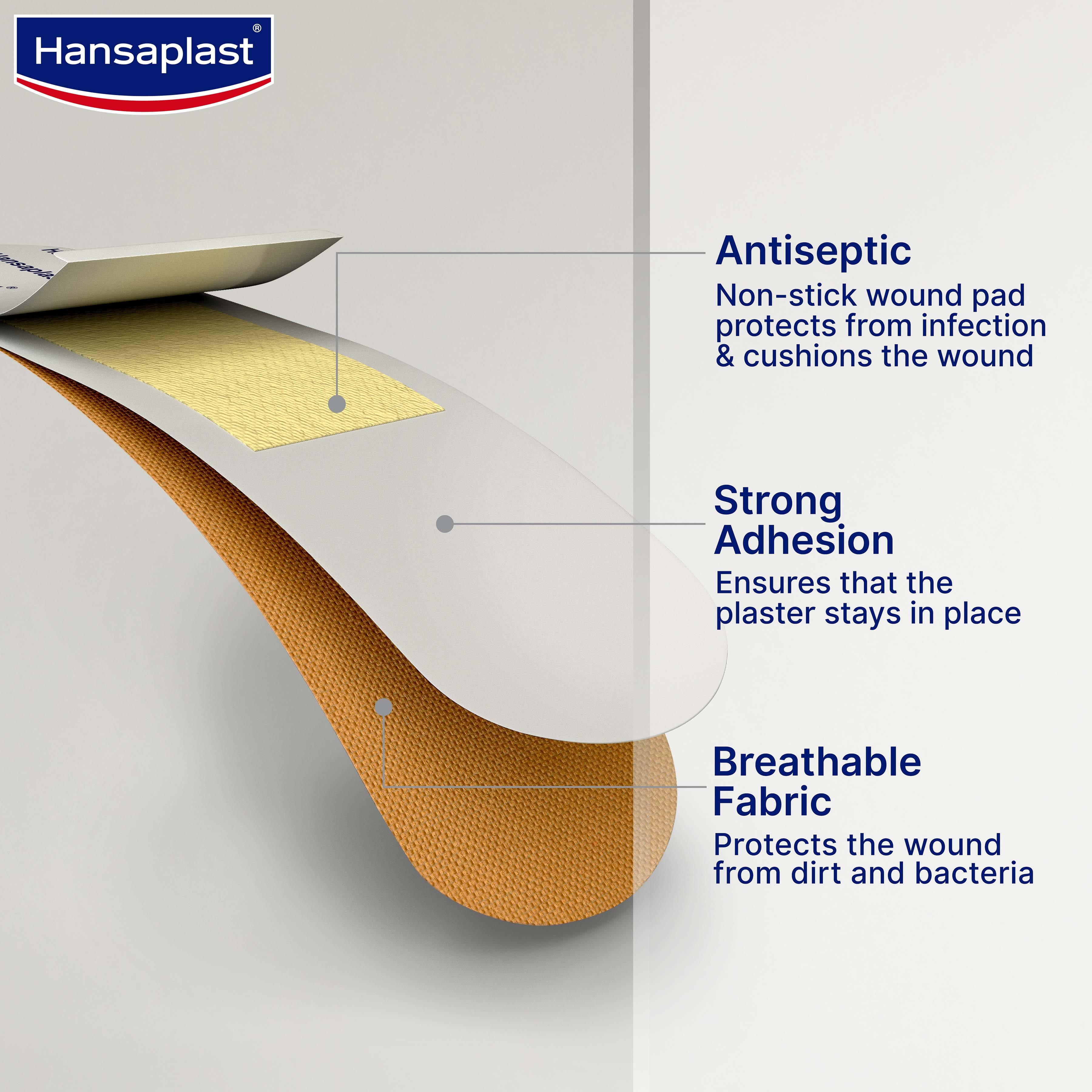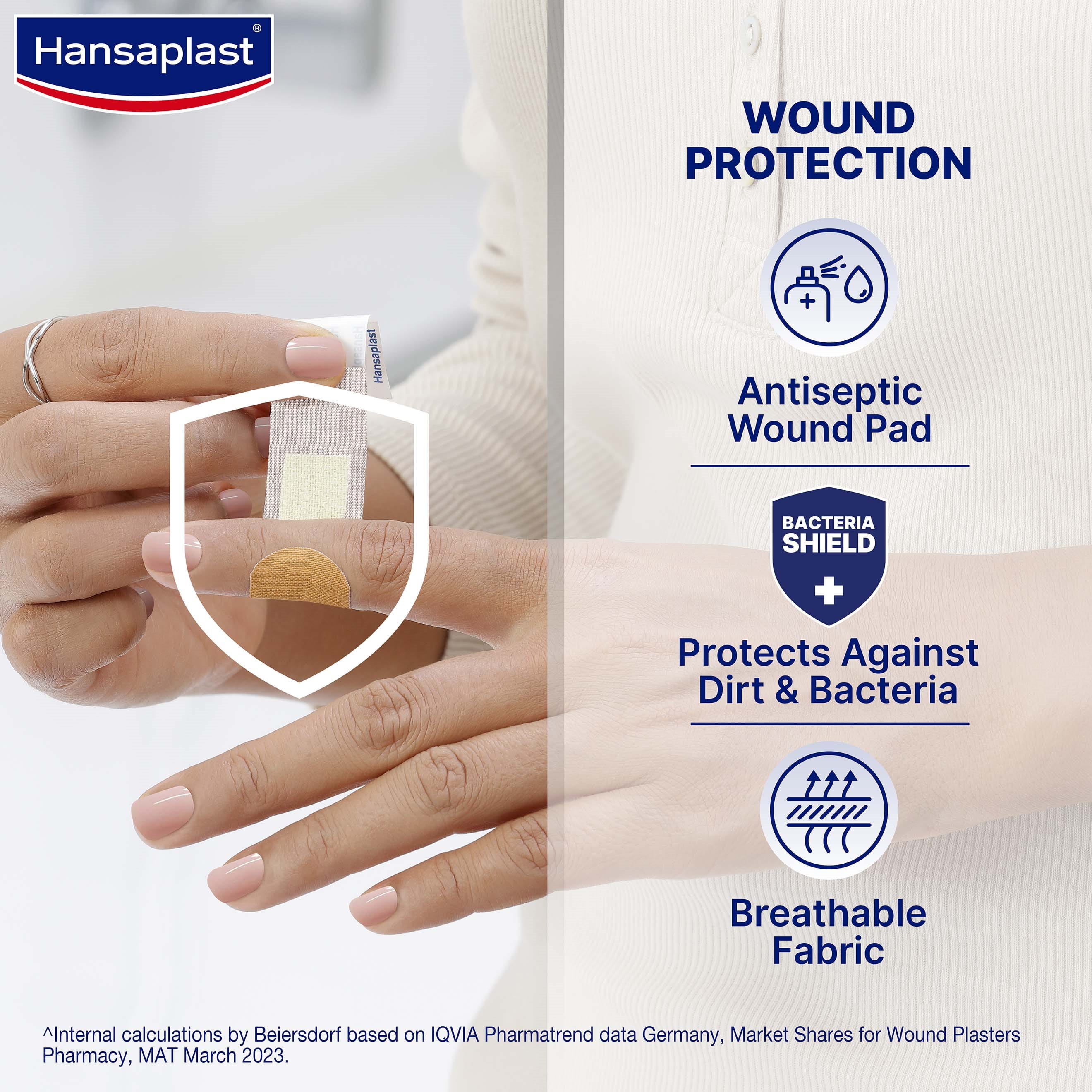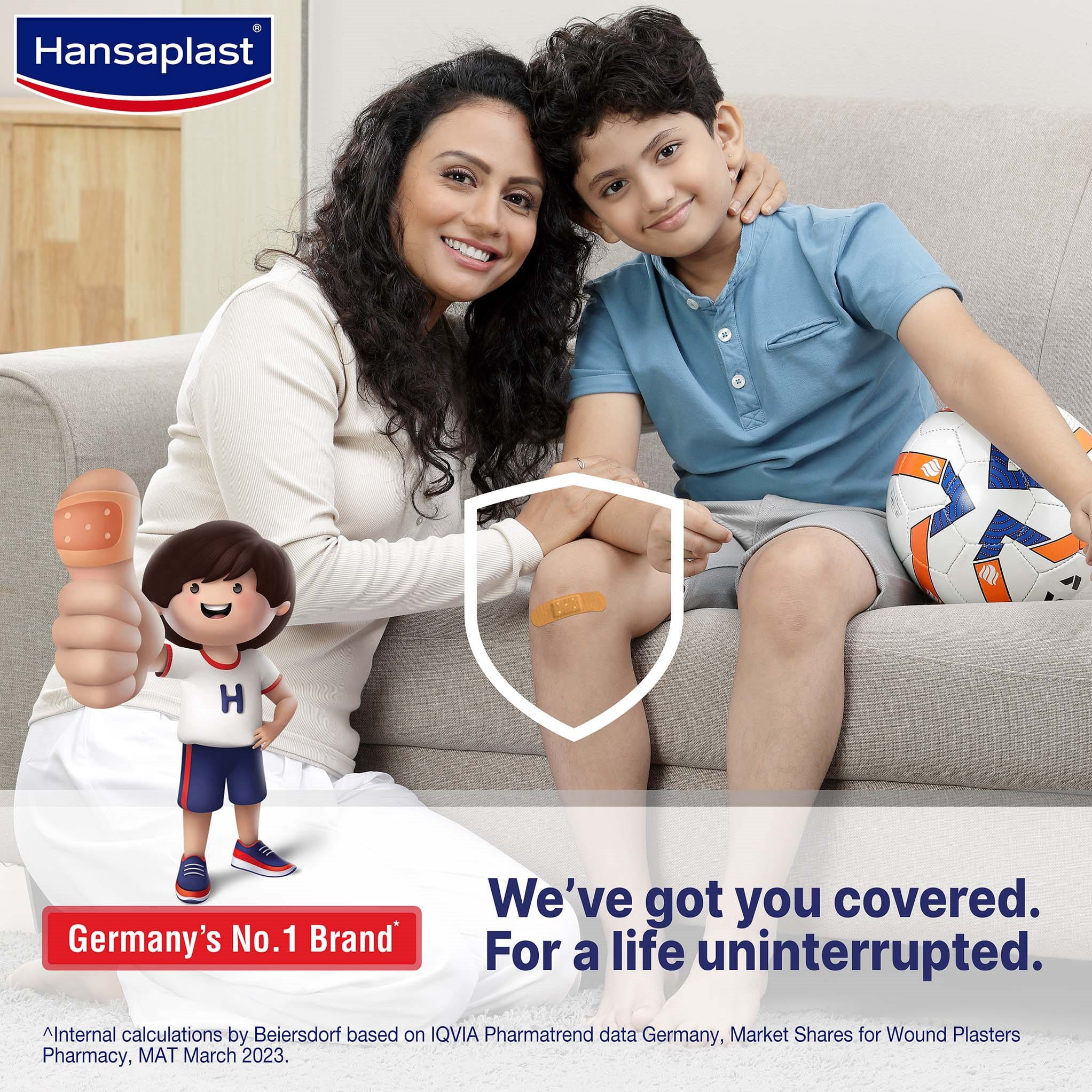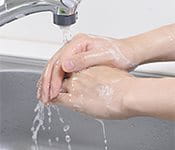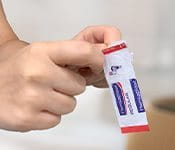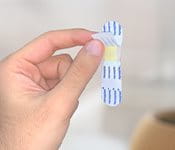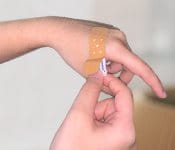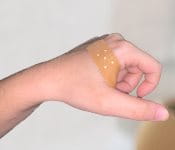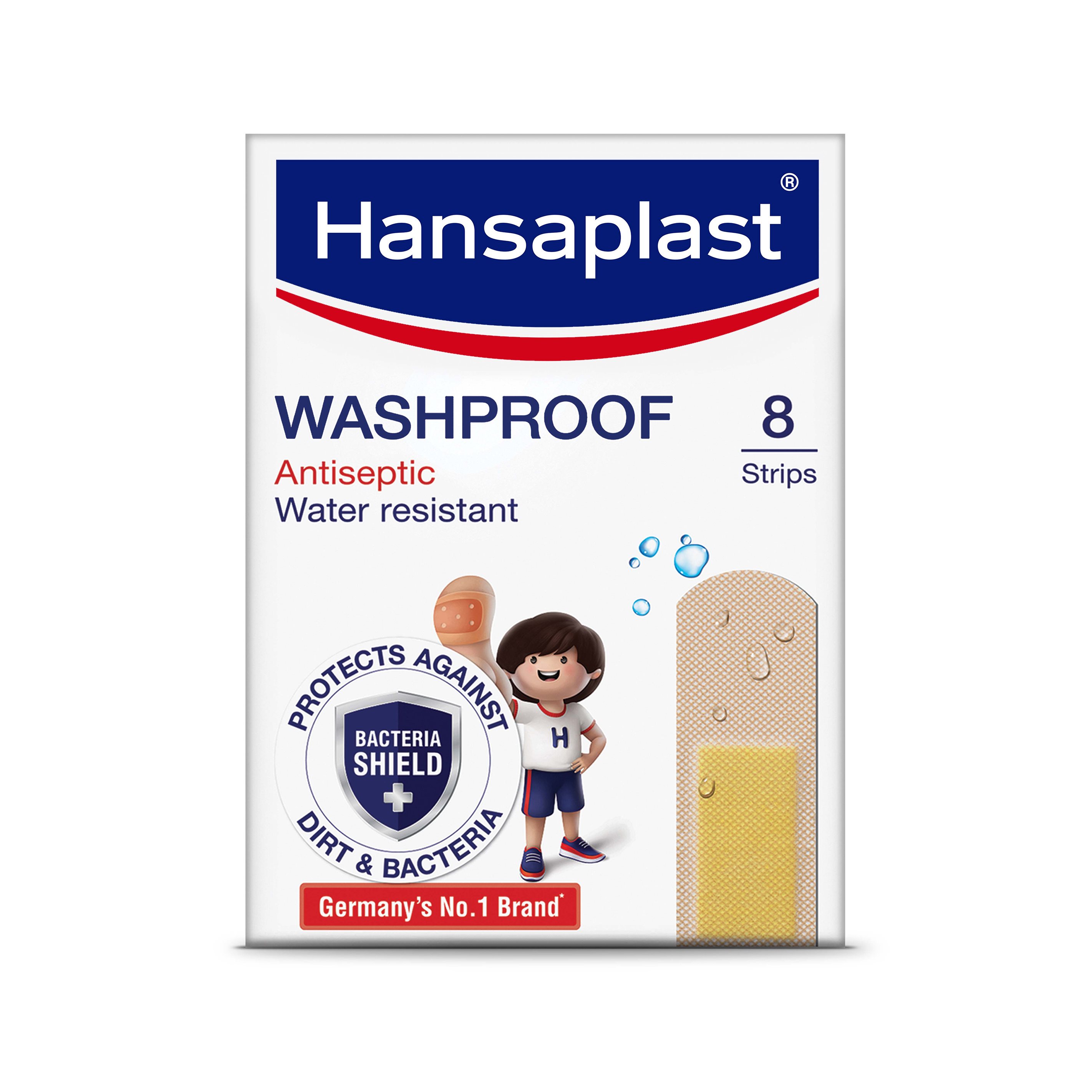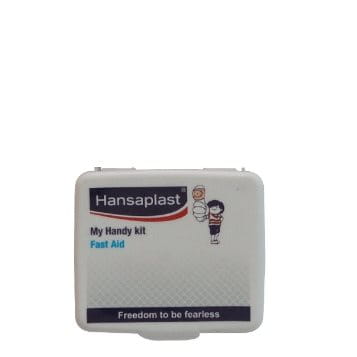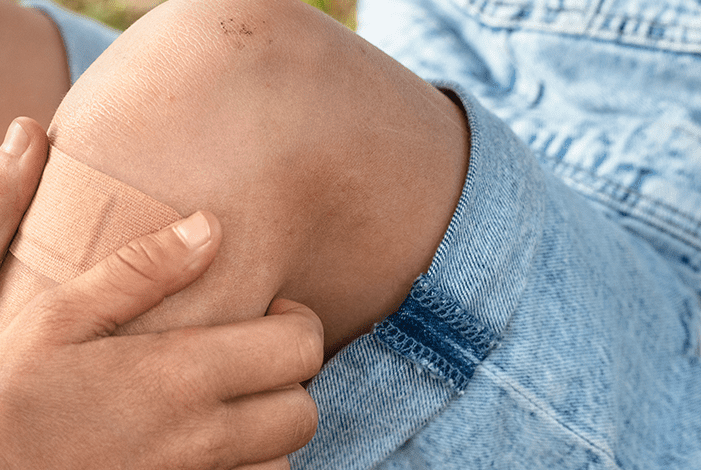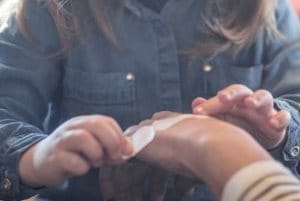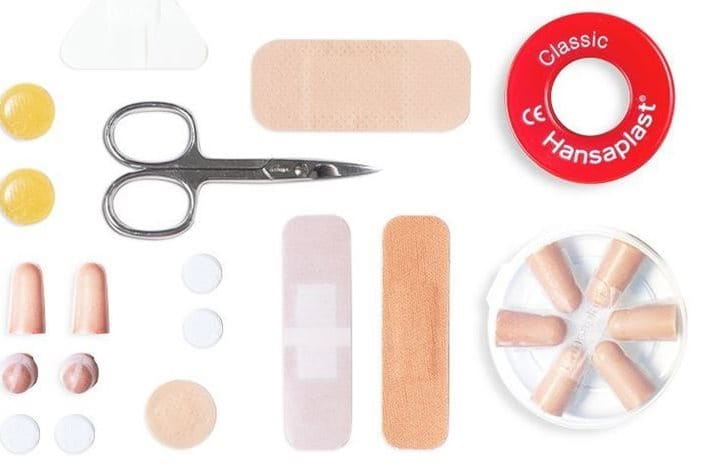Regular Plaster
Product Info
Regular Plaster: For everyday cuts and wounds
Designed to cover the entire wound securely and prevent any kind of infection caused by dirt or bacteria, the plaster provides adequate and necessary aeration for the wound to heal faster. Cushioning the wound and protecting it from minor impacts, the plaster’s strong adhesive ensures that it stays intact during day-to-day activities.

*protects against dust and bacteria
How To Use
-
How to clean wounds and minor cuts at home?
Cleaning your wound is the first step in every wound care procedure. It reduces the risk of infection and aids in faster healing. Before you begin cleaning the wound, wash your hands thoroughly. You can use disposable gloves as well, if available.
If the cut is bleeding-
- Apply pressure using a clean, non-fibrous cloth or sterile gauze
Once the bleeding has stopped, follow these steps-
- Run the wound under clean, cool water
- Do not put soap on an open wound
- Make sure there are no debris stuck in the wound
You can use saline water to disinfect the wound site, once clean, apply your Hansaplast bandage onto the wound.
-
When to consult a doctor for cuts?
While minor cuts can be treated successfully at home by simply using Hansaplast wound plasters, you should consult a doctor if-- The wound is bleeding profusely
- Has jagged, irregular or gaping skin
- Has debris, glass or dirt embedded inside
- Is showing signs of infection, such as redness, swelling or excess pus
If the wound is taking an unusual amount of time to heal, it is advisable to check with a doctor. Diabetic patients should be extra careful with open wounds and keep a close eye on the healing process.
-
How often should I change a wound plaster?
Wound plasters should be changed according to the severity of the wound. As a general rule, you can change the Hansaplast regular plaster once every day. However, if there is any exudate leaking through the plaster, you should change it immediately. Clean the wound between every change to ensure wound hygiene and optimum healing. Make sure to dispose of the used dressing plaster in the proper manner. Stop applying the plaster only once the skin has healed completely.
-
Should I keep small wounds open instead of putting on a wound plaster?
Keeping wounds open may be a common practice, but in reality, it is detrimental to wound healing. There is plentiful research to back up the fact that wounds heal faster when they are protected with a wound plaster. Moreover, even minor wounds are prone to infections when left open. Covering your wound prevents the entry of bacteria and greatly reduces the risk of infection. It also minimizes scarring. Hence, it is always wise to cover your wounds using Hansaplast bandages. -
How to prevent infection of wounds?
Wound infections can easily be avoided by following the proper wound care procedures to clean, disinfect, and dress a wound. Refer to the wound cleaning process listed above for reference. Take care to cover your wounds according to the size and severity of the wound, using a suitably sized Hansaplast bandage. Wounds that are left open are more prone to infection than covered wounds.Look out for the tell-tale signs of infection such as redness, swelling and pus.
If your wound is not showing signs of improvement even after a few days, consult a doctor.



